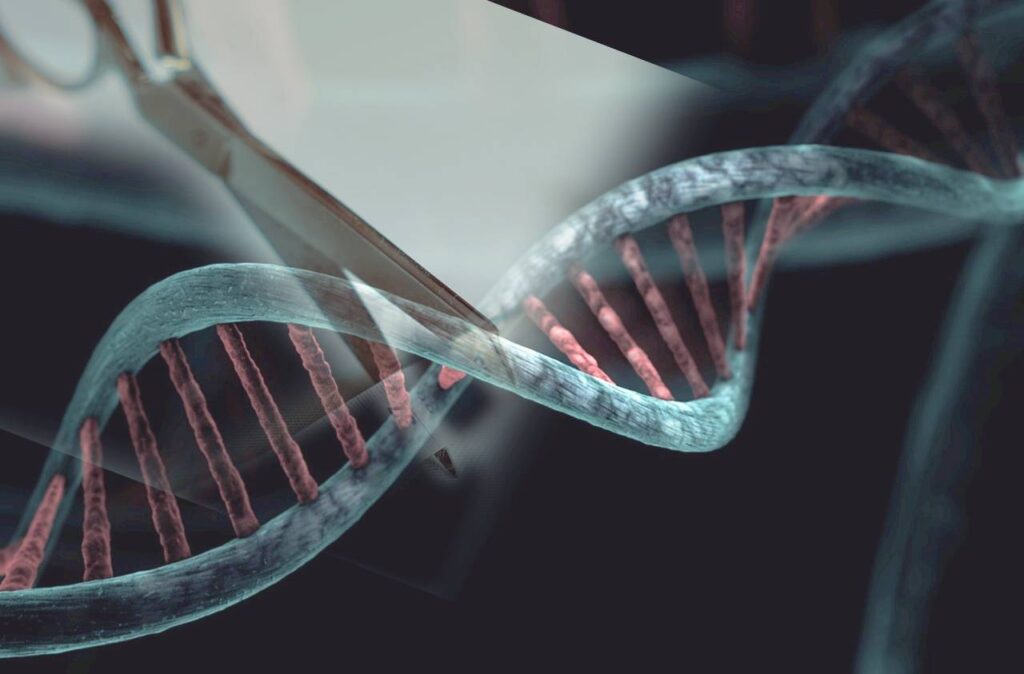US Court of Appeals Reopens CRISPR Inventor Dispute

Who truly invented CRISPR-Cas9, the groundbreaking genetic editing tool?
On May 12, 2025, the U.S. Court of Appeals issued a significant ruling on the ongoing patent battle over CRISPR-Cas9 technology in the case Regents of the University of California v. Broad Institute, Inc. (2022-1594, 2022-1653).
The plaintiffs – referred to as the “Regents” (University of California, University of Vienna, and Nobel Prize winners Jennifer Doudna and Emmanuelle Charpentier) – won a partial victory. The court vacated in part an earlier decision by the Patent Trial and Appeal Board (PTAB), which had previously granted U.S. inventor rights to the Broad Institute team. The case is now remanded to the PTAB for further proceedings on conception and affirmed with regard to PTAB’s decision on written description.
This ruling reopens the longstanding question of who can rightfully claim to be the first to invent CRISPR-Cas9 for use in eukaryotic cells – cells from complex organisms like humans, animals, and plants.
Origins of the CRISPR-Cas9 Technology
In early 2012, scientists from the “Regents” team, led by Charpentier, Doudna, and Martin Jinek, began designing experiments to demonstrate that the CRISPR-Cas9 system – using a single guide RNA – could edit DNA in eukaryotic cells. On May 25, 2012, they filed a provisional patent application known as “P1” (U.S. Patent App. No. 61/652,086). In June 2012, they published a landmark paper in Science, showing the CRISPR system worked in vitro (in test tubes). Discussions about using the system in eukaryotic cells were already happening internally by that summer.
Meanwhile, the Broad Institute team later published their own results in January 2013, describing how they had successfully edited eukaryotic DNA using CRISPR. Their practical experiments had taken place earlier, on October 5, 2012, at a time when the “Regents”-team had not yet demonstrated successful CRISPR editing in eukaryotic cells.
Who Owns the Rights to CRISPR in Higher Organisms?
The core of the dispute centers on who has the legal right to patent CRISPR-Cas9 for use in eukaryotic cells. Both sides – the Regents and the Broad team (which includes MIT and Harvard) – claim inventorship and had filed competing patent applications.
The current case involves Interference No. 106,115, which concerns Claim 18 of U.S. Patent No. 8,697,359. An “interference” proceeding is used when two parties claim nearly identical inventions, and the U.S. Patent Office must determine who was first to invent.
When the interference moved into the priority phase (which determines who was first), Broad was considered the senior party, meaning the burden of proof was on the Regents to show they had the idea first – specifically, the idea to use CRISPR-Cas9 in eukaryotic cells.
Previously, the PTAB ruled that Doudna and Charpentier had not fully “conceived” of using CRISPR in eukaryotes, since they were not yet sure it would actually work.
However, the U.S. Court of Appeals disagreed. It found that the PTAB had applied the wrong legal standard. The court clarified that an inventor does not need to prove the invention will work to establish conception – they only need to have a definite and complete idea. The court ruled the PTAB had improperly merged the standards for “conception” and “reduction to practice” (actual implementation).
Impact of the Decision
With this decision, a key question is once again open: Were Doudna and Charpentier the first to invent CRISPR-Cas9 for use in eukaryotic cells? Although the Broad group had previously been awarded the patent rights, this ruling challenges that outcome and remands the case for reexamination.
What Does This Mean for Companies Licensing CRISPR?
The implications remain unclear. The Regents had also filed a second lawsuit regarding the content of their original patent application (P1), but that was dismissed. The court agreed with the PTAB that while a working example is not required, the application must still clearly describe how the invention works.
In this case, the Regents’ application failed to provide enough detail for a skilled person in the field to understand how CRISPR would function in eukaryotic cells. They also didn’t state whether any special conditions were or were not necessary. Therefore, the PTAB correctly concluded that the P1 application did not meet the requirements for a valid written description.
Conclusion
The Regents team may yet be recognized as the conceptual inventors of CRISPR-Cas9 for eukaryotic cells. However, if their patent application doesn’t meet legal standards for clarity and detail, they might not be able to secure enforceable patent rights.
For the biotechnology world, this means the battle over CRISPR ownership is far from over – and uncertainty remains for companies that license and commercialize the technology.
Sources:
US decision Regents of the University of California v Broad Institute, Inc (2022-1594)
Image: own creation, based on mirerek8, pixabay
